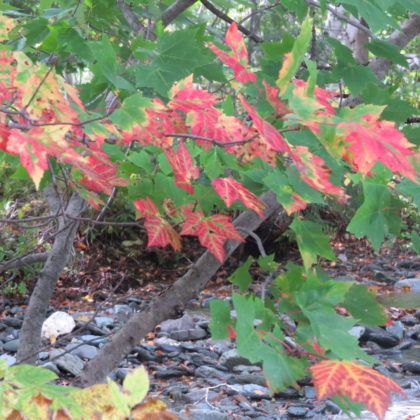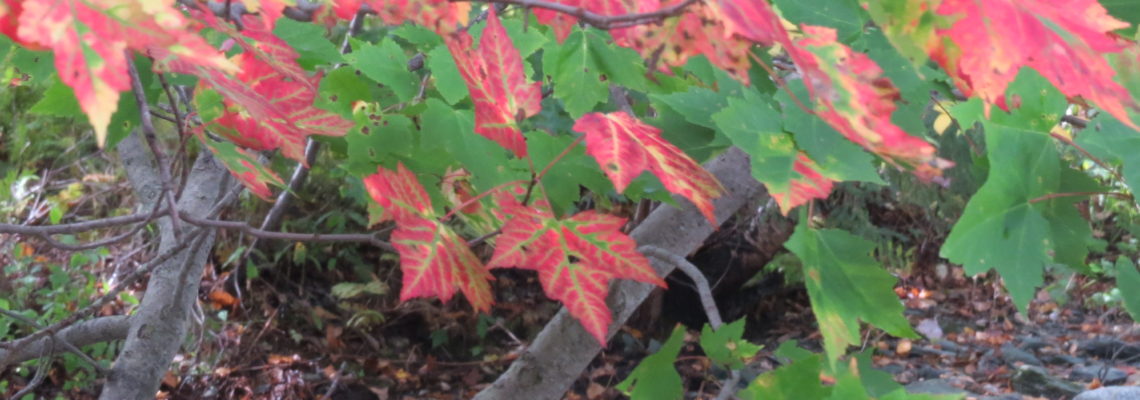
Enjoy the color, it only lasts a short time! Every autumn we anticipate the changing of leaves from green to beautiful fall colors. The mixture of red, purple, orange and yellow is the result of chemical processes that take place in the tree as the season progresses. During the summer, the leaves have served as food factories for most of the tree’s growth. Chlorophyll, an extraordinary chemical, found in green leaves, absorbs energy from the sun and transforms CO2 and water to carbohydrates such as sugar and starch. Along with the green pigment are yellow to orange pigments, xanthophyll and carotene, respectively. Most of the year these colors are masked by the vast amounts of chlorophyll. But in the fall, changes in day length and temperature trigger the leaves to stop producing food, thus giving rise to other colors. At the same time additional chemical changes may occur which form anthocyanin pigments, showing up as red and purple leaves.
Temperature, light and water, all influence the duration of fall color. Low temperatures above freezing will favor anthocyanin formation, producing bright reds in maples. However, early frost will weaken the intensity of the reds. Rainy or overcast days tend to increase the intensity of fall colors. (ref C.E.Palm,Jr.)

